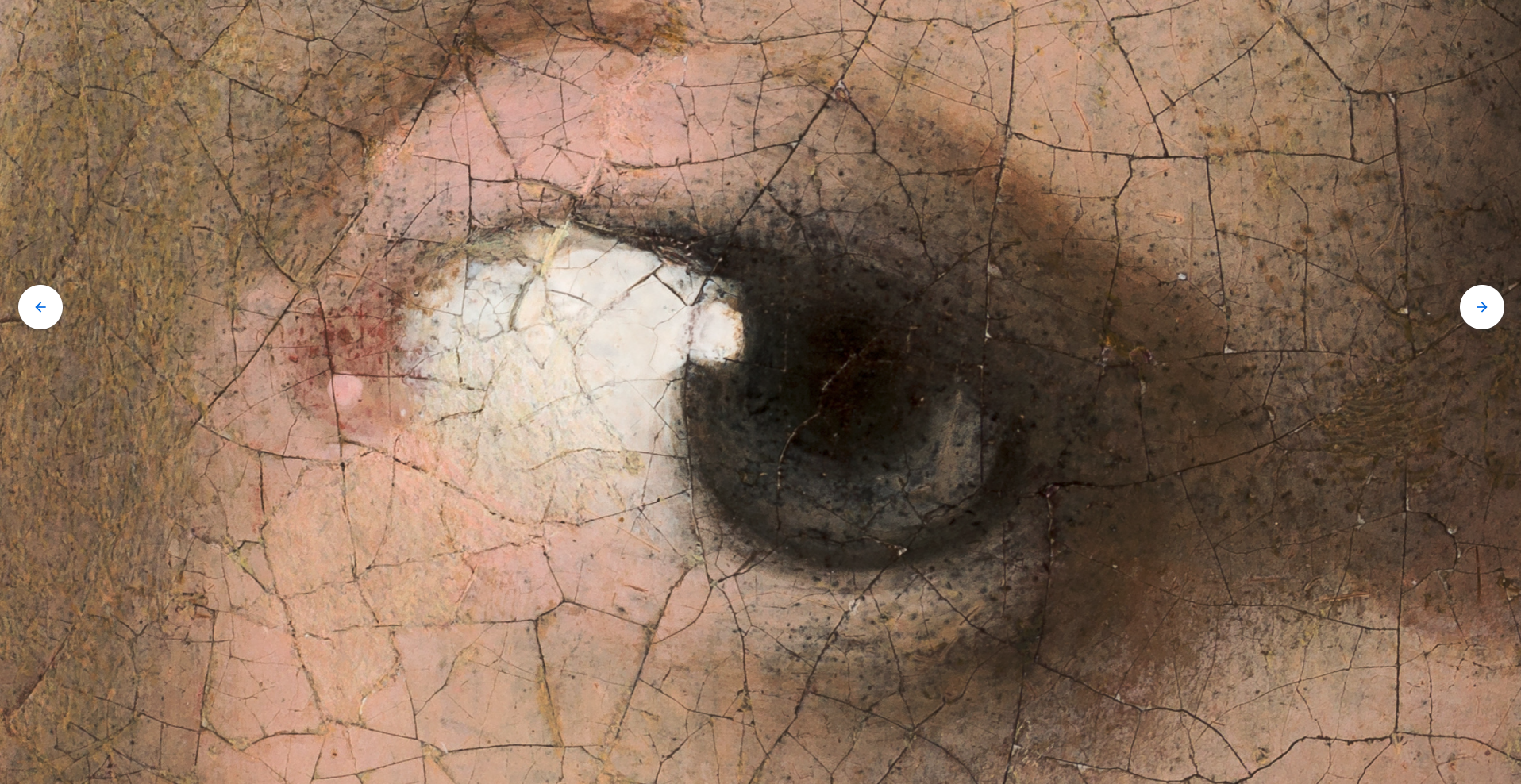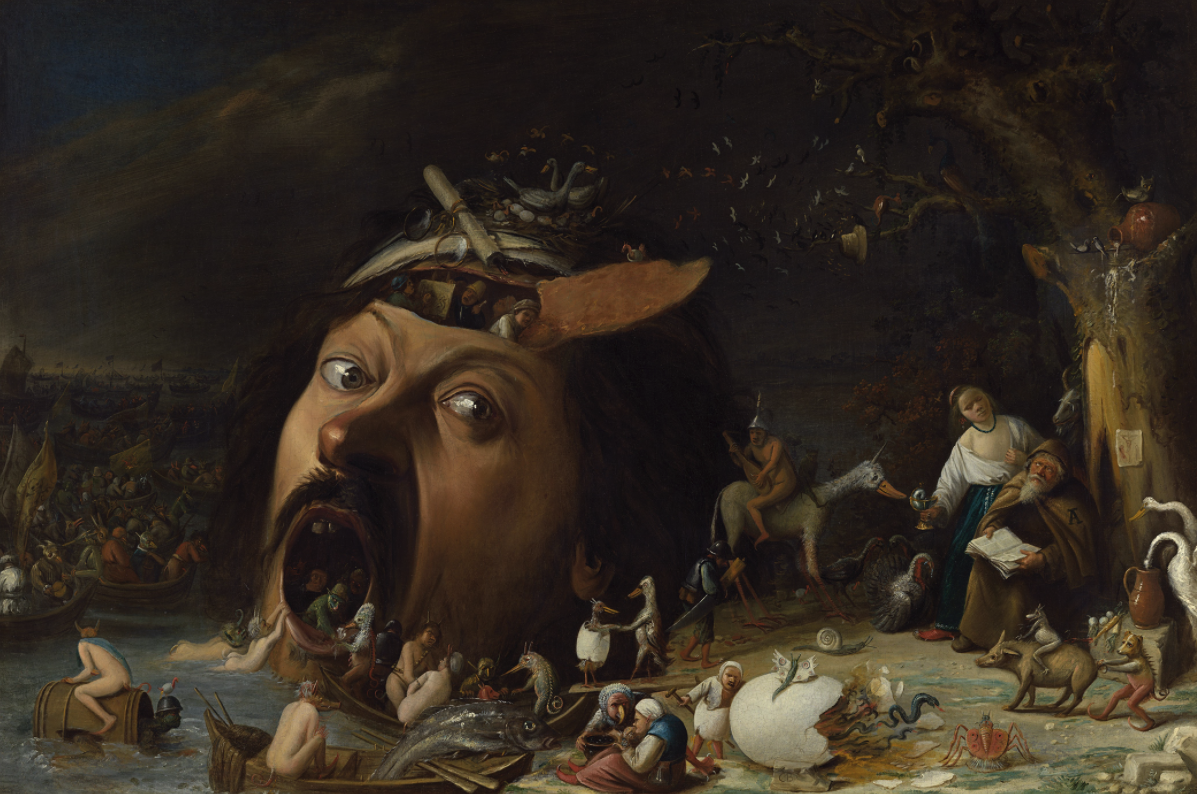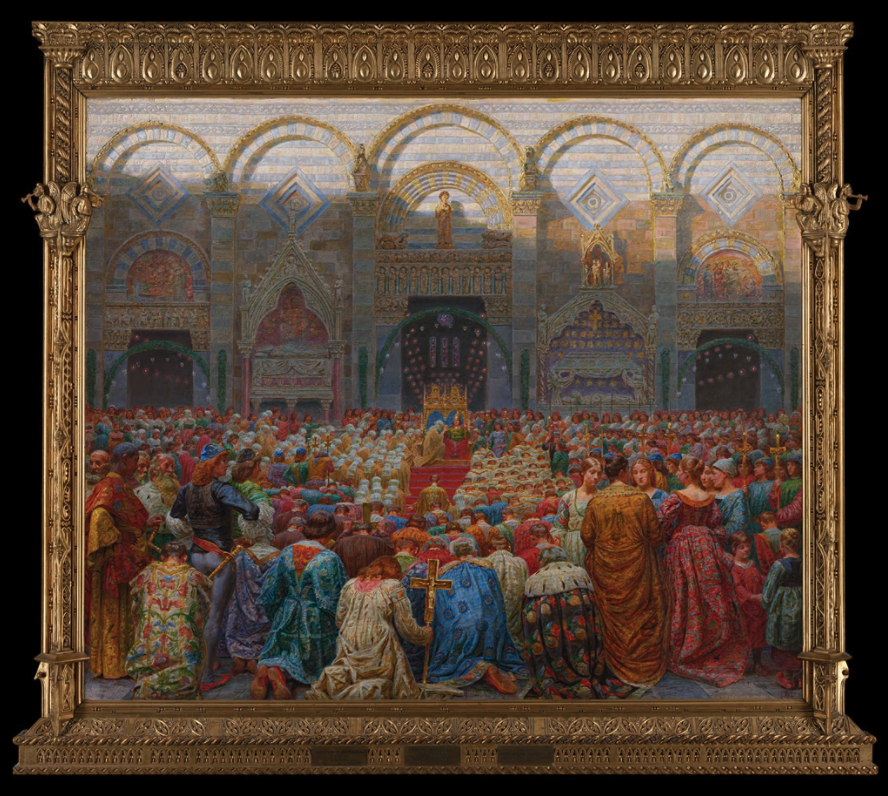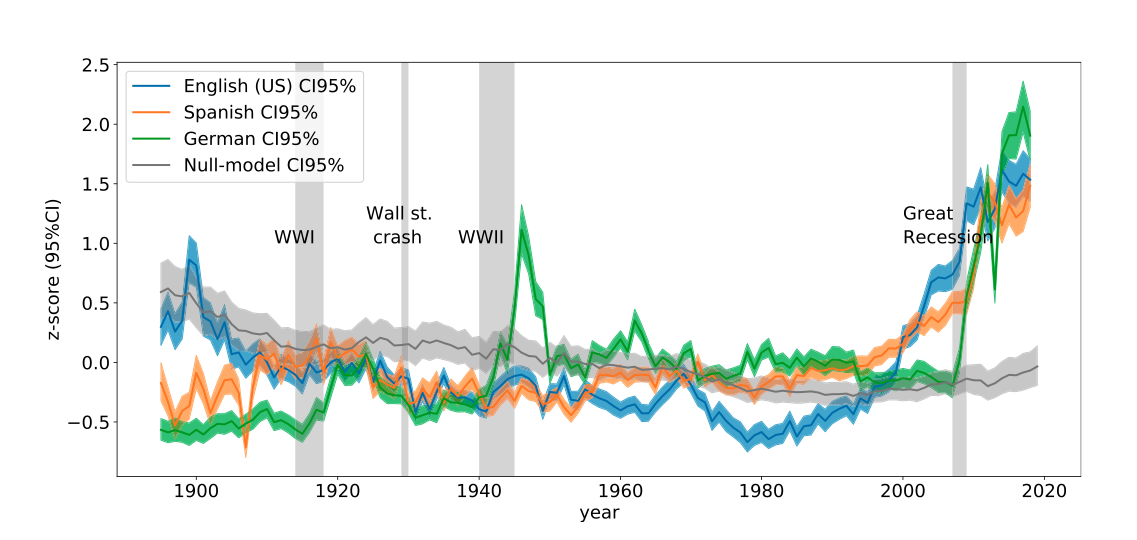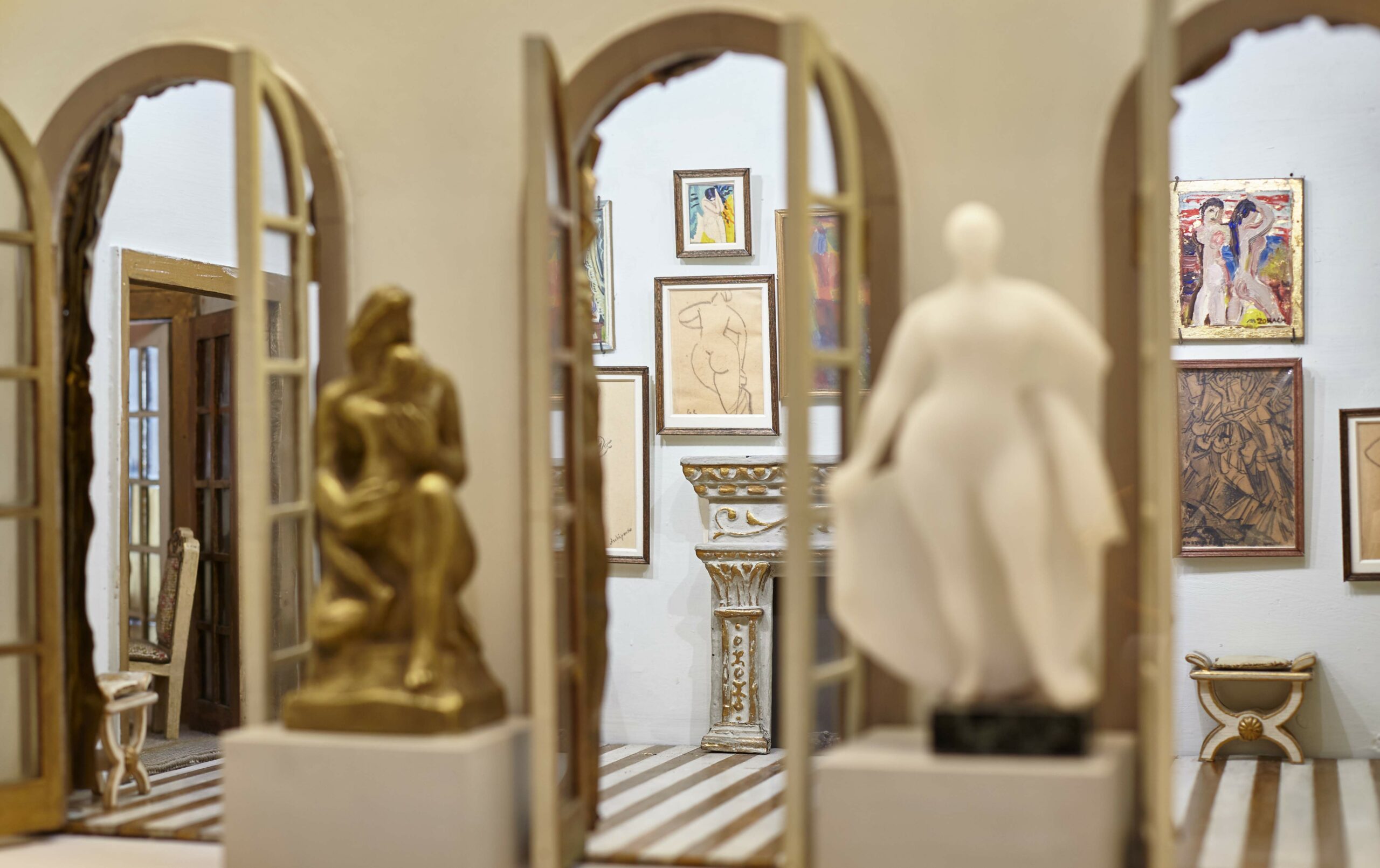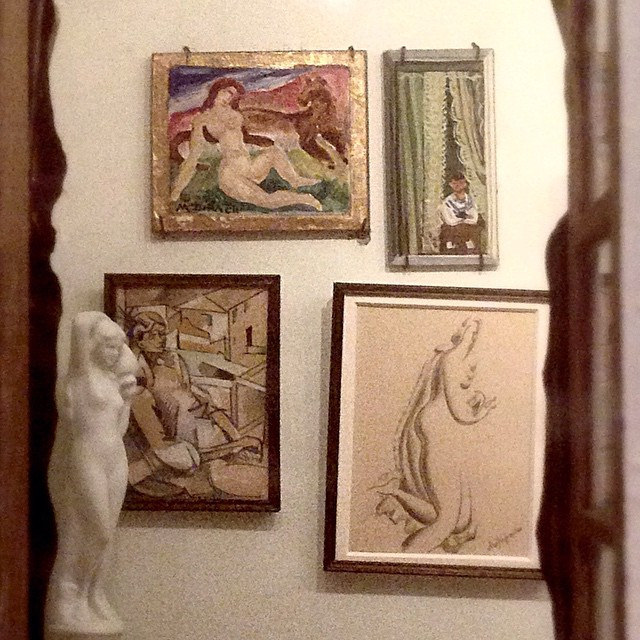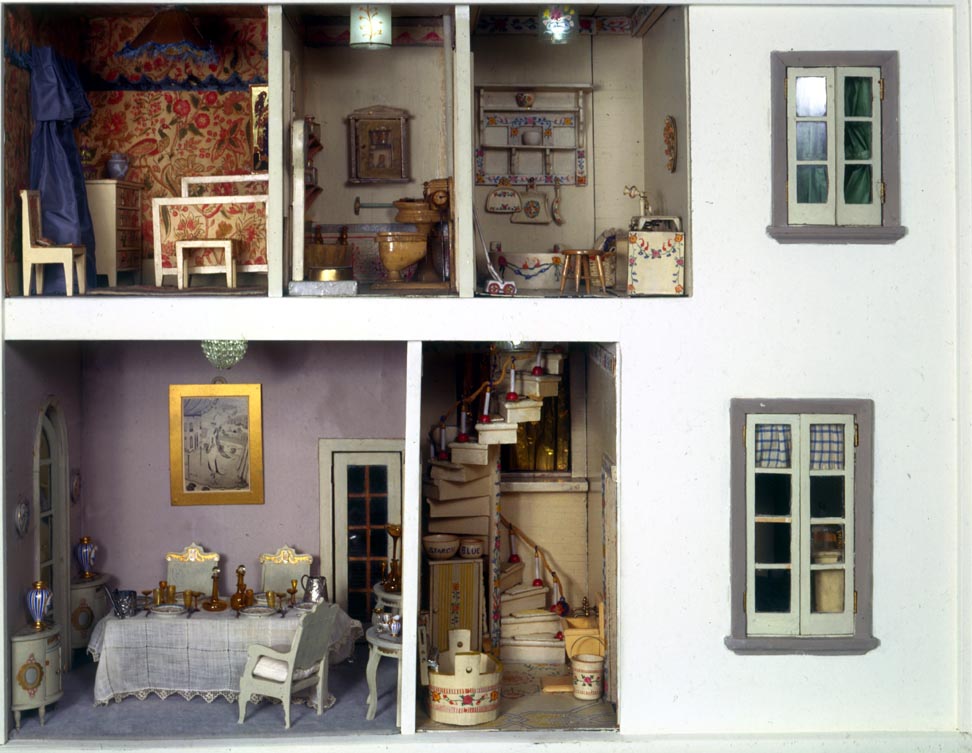What would the host and panelists of the classic primetime television game show What’s My Line? have made of The Masked Singer, a more recent offering in which panelists attempt to identify celebrity contestants who are concealed by elaborate head-to-toe costumes and electronically altered voiceovers.
One expects such shenanigans might have struck them as a bit uncouth.
Host John Charles Daly was willing to keep the ball up in the air by answering the panel’s initial questions for a Mystery Guest with a widely recognizable voice, but it’s hard to imagine anyone stuffing former First Lady Eleanor Roosevelt into the full body steampunk bee suit the (SPOILER) Empress of Soul wore on The Masked Singer’s first season.
Mrs. Roosevelt’s Oct 18, 1953 appearance is a delight, especially her pantomimed disgust at the 17:29 mark, above, when blindfolded panelist Arlene Francis asks if she’s associated with politics, and Daly jumps in to reply yes on her behalf.
Later on, you get a sense of what playing a jolly parlor game with Mrs. Roosevelt would have been like. She’s not above fudging her answers a bit, and very nearly wriggles with anticipation as another panelist, journalist Dorothy Kilgallen, begins to home in on the truth.
While the roster of Mystery Guests over the show’s original 17-year broadcast is impressive — Cab Calloway, Judy Garland, and Edward R. Murrow to name a few — every episode also boasted two or three civilians hoping to stump the sophisticated panel with their profession.
Mrs. Roosevelt was preceded by a bathtub salesman and a fellow involved in the manufacture of Bloodhound Chewing Tobacco, after which there was just enough time for a woman who wrote television commercials.
Non-celebrity guests stood to earn up to $50 (over $500 today) by prolonging the revelation of their professions, as compared to the Mystery Guests who received an appearance fee of ten times that, win or lose. (Presumably, Mrs. Roosevelt was one of those to donate her honorarium.)
The regular panelists were paid “scandalous amounts of money” as per publisher Bennett Cerf, whose “reputation as a nimble-witted gentleman-about-town was reinforced by his tenure on What’s My Line?”, according to Columbia University’s Oral History Research Office.
The unscripted urbane banter kept viewers tuning in. Broadway actor Francis recalled: “I got so much pleasure out of ‘What’s My Line?’ There were no rehearsals. You’d just sit there and be yourself and do the best you could.”
Panelist Steve Allen is credited with spontaneously alighting on a breadbox as a unit of comparative measurement while questioning a manhole cover salesman in an episode that featured June Havoc, legend of stage and screen as the Mystery Guest (at at 23:57, below).
“Want to show us your breadbox, Steve?” one of the female panelists fires back off-camera.
The phrase “is it bigger than a breadbox” went on to become a running joke, further contributing to the illusion that viewers had been invited to a fashionable cocktail party where glamorous New York scenemakers dressed up to play 21 Professional Questions with ordinary mortals and a celebrity guest.
Jazz great Louis Armstrong appeared on the show twice, in 1954 and then again in 1964, when he employed a successful technique of light monosyllabic responses to trick the same panelists who had identified him quickly on his initial outing.
“Are you related to anybody that has anything to do with What’s My Line?” Cerf asks, causing Armstrong, host Daly, and the studio audience to dissolve with laughter.
“What happened?” Arlene Francis cries from under her pearl-trimmed mask, not wanting to miss the joke.
Television — and America itself — was a long way off from acknowledging the existence of interracial families.
“It’s not Van Clyburn, is it?” Francis ventures a couple of minutes later.…
Expect the usual gender-based assumptions of the period, but also appearances by Mary G. Ross, a Cherokee aerospace engineer, and physicist Helen P. Mann, a data analyst at Cape Canaveral.
If you find the convivial atmosphere of this seminal Goodson-Todman game show absorbing, there are 757 episodes available for viewing on What’s My Line?’s YouTube channel.
Allow us to kick things off on a Surreal Note with Mystery Guest Salvador Dali, after which you can browse chronological playlists as you see fit:
Related Content:
How American Bandstand Changed American Culture: Revisit Scenes from the Iconic Music Show
Ayun Halliday is an author, illustrator, theater maker and Chief Primatologist of the East Village Inky zine. Follow her @AyunHalliday.

